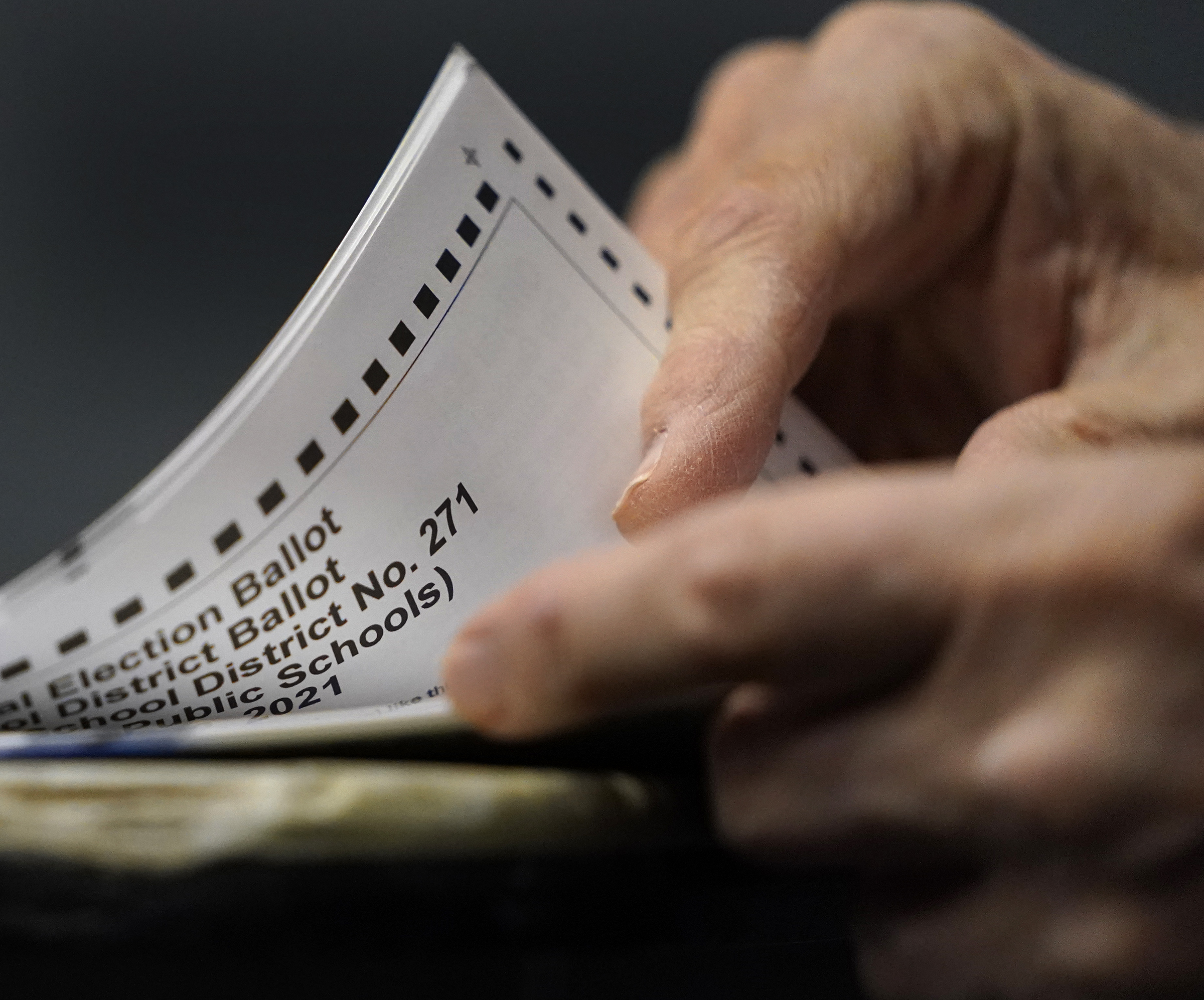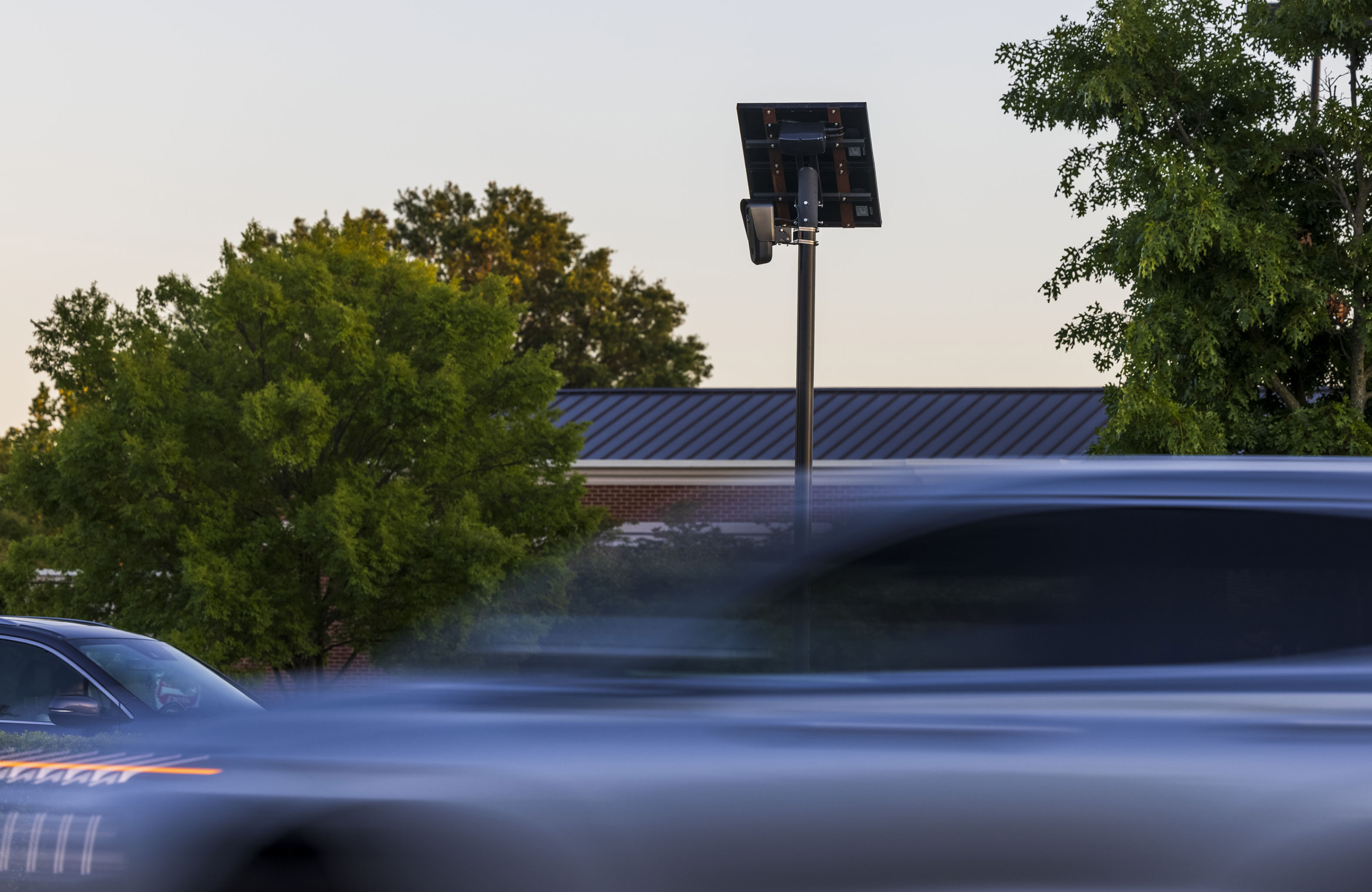Star Tribune
Bloomington voters will decide whether to keep ranked-choice voting

“Whatever the voters choose is what the city is going to report and implement,” said Bloomington City Clerk Jamy Hanson, whose office oversees elections.
The suburb of about 90,000 people adopted ranked-choice voting in 2020. It’s one of a number of cities that have opted to change the way residents vote, including Minneapolis, St. Paul, St. Louis Park and Minnetonka.
But the method remains controversial. The Minnesota House earlier this year rejected a bill that would have allowed more cities to use ranked-choice voting. Minnetonka voters last year voted by a wide margin to continue using the system.
Under ranked-choice voting, any candidate who receives more than half of the votes in the first round is declared the winner. If no candidate reaches that threshold, the person with the lowest number of votes is eliminated; elections workers then look at the ballots of people who had ranked that person first and instead add their second-choice candidates to the tally. The process continues until a candidate reaches the threshold needed to win.
Both supporters and opponents acknowledge it’s difficult to pinpoint whether ranked-choice voting changed the outcome of Bloomington races, in part because there’s not a definitive way to know who would have won the primary and competed in the general election under the old system. Of the 10 most recent Bloomington races, six were decided in the first round and four were tabulated using ranked-choice voting methods.
Opponents argue ranked-choice voting was rushed through when voters were distracted by other pressing issues like the COVID-19 pandemic. They say the system is confusing, contributes to voter fatigue, and undermines people’s already fragile faith in the election system. Now, they say, is the time to reevaluate.
Star Tribune
Brooklyn Park to add license plate readers for police investigations

Police in Brooklyn Park will soon have a new tool to track and find vehicles wanted in connection with shootings, abductions, car thefts and other violent crimes.
The City Council earlier this month authorized the Police Department to enter into a $28,000 contract with Flock Safety to install eight license plate readers that use cameras to take photos of the rear license plates of vehicles as they pass by. The devices alert police about vehicles that might be connected to serious crimes, Police Chief Mark Bruley said.
The technology “is a huge step forward in that work,” Bruley said, noting it can help identify vehicles wanted across the metro when they come into the city of Brooklyn Park.
The cameras do not take photos of drivers’ faces, Bruley said. Nor will they be used to issue citations for speeding, parking or equipment violations. But the cameras can identify the color and type of vehicle and other features such as if a vehicle has damage, the chief said.
Several agencies that already have the system have shared information with Brooklyn Park police and “we have solved many of our violent crimes through this system,” Bruley said.
The Eden Park Apartments installed the system on its own, and earlier this year shared information with Brooklyn Park police about a vehicle believed to be connected to a shooting. Officers tracked the suspect vehicle to Fridley and made an arrest, closing a case “that would have not been solved for who knows how long. In less than 12 hours, it was all wrapped up,” Inspector Elliot Faust said.
Bruley said only detectives can access data that will be stored for 30 days to prevent unauthorized use. An outside firm will audit usage every two years to ensure the department is following state laws.
The city has not yet determined where the cameras will go, but hopes to have them operational in the next few months.
Star Tribune
More than 40 years later and thanks to advances in DNA technology, a man has received a 20-year term for a murder in the Uptown area of Minneapolis.

Thanks to advances in DNA technology, a man has received a 20-year prison term for a murder in the Uptown area of Minneapolis more than 40 years ago.
Matthew Russell Brown, 67, of Ingleside, Ill., was sentenced Wednesday in Hennepin County District Court after pleading guilty to second-degree murder in connection with the stabbing of Robert A. Miller at a home in the 3200 block of S. Girard Avenue in 1984.
With credit for time in jail since his arrest in June 2023, Brown is expected to serve the first 12½ years of his sentence in prison and the balance on supervised release.
The Hennepin County Attorney’s Office said the linchpin in the case was a disposable cup discarded by Brown that contained DNA matching the blood at the scene.
“As we all know, advances in technology have improved DNA analysis,” the Minneapolis Police Department said in a statement released at the time of Brown’s arrest. “Over the past eight years, MPD homicide investigators assigned to the FBI’s Cold Case Task Force have been working diligently with the BCA Forensics Lab to identify DNA found at the scene and narrow down a possible list of suspects. One lead led to another until the MPD homicide investigators were able to identify a suspect in the case.”
At 2:30 a.m. on July 19, 1984, police arrived at Miller’s apartment , where two women in the hall said a man armed with a knife had broken into the building and attacked them.
Officers found Miller dead with “stab wounds to his face, head, chest, back and shoulders,” the complaint read.
Star Tribune
Twin Cities man guilty of murder for fatally stabbing fellow group home resident nearly 2 dozen times
The staffer told a 911 dispatcher that she didn’t hear anything further from the room and said “something isn’t right.”
A police officer arrived and saw a shirtless Adams running from the Kingdom Hall of Jehovah’s Witnesses across the street and into the group home. In a Kingdom Hall trash can, police located a “badly bent” and bloody kitchen knife inside a garbage bag. Another bag held a pair of blood-soaked gloves.
Officers located Rahn in his room with stab wounds to his neck and back. Medics declared him dead at the scene.
Adams gave various accounts to police about how and why Rahn was stabbed.
The medical examiner found stab wounds to Rahn’s face, neck, upper body and elsewhere. He also suffered at least 20 stab wounds to one of his hands, which are “consistent with defensive wounds,” the complaint said.



